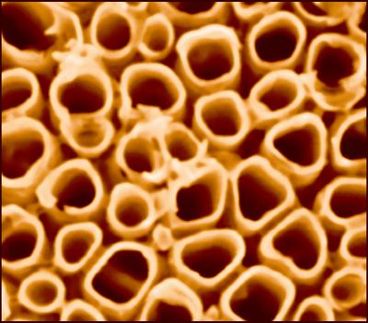Non-covalent chiral organocatalysis uses water as a solvent
Advertisement
The first example of Brønsted acid asymmetric catalysis in aqueous solution is reported by Magnus Rueping and Thomas Theissman at Aachen University, Germany.
Using a chiral phosphoric acid catalyst Rueping demonstrates highly enantioselective hydrogenation of quinolines in water, a reaction previously considered impossible to carry out in water. The phosphoric acid forms a hydrogen bond with the quinoline, and directs the dihydropridine hydride donor to a particular face. This hydrogen-bonding catalysis occurs despite the fact that water is an excellent hydrogen donor itself, due to the phenomenon of ‘hydrophobic hydration’.
Rueping is confident that similar organocatalysis reactions could be carried out on a large industrial scale, which could remove the need for elimination of hazardous chlorinated or organic solvents.
Original publication: Magnus Rueping and Thomas Theissmann, Chem. Sci. 2010
Most read news
Topics
Organizations
Other news from the department science

Get the chemical industry in your inbox
By submitting this form you agree that LUMITOS AG will send you the newsletter(s) selected above by email. Your data will not be passed on to third parties. Your data will be stored and processed in accordance with our data protection regulations. LUMITOS may contact you by email for the purpose of advertising or market and opinion surveys. You can revoke your consent at any time without giving reasons to LUMITOS AG, Ernst-Augustin-Str. 2, 12489 Berlin, Germany or by e-mail at revoke@lumitos.com with effect for the future. In addition, each email contains a link to unsubscribe from the corresponding newsletter.




























































